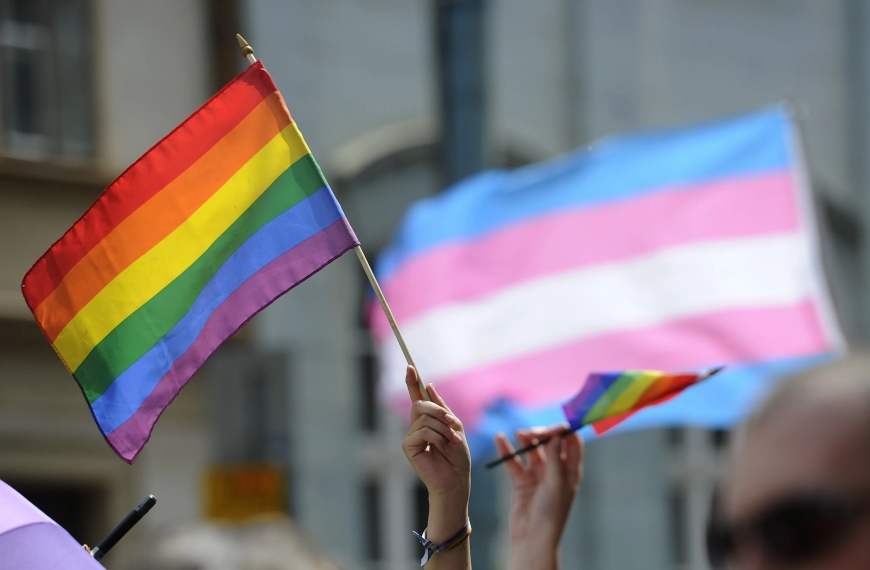Life as a Transgender Person: Myths and Realities
Explore the myths and realities of life as a transgender person. Understand the challenges, joys, and experiences faced by transgender individuals, and learn how to support and respect their journey.

Life as a Transgender Person: Myths and Realities
Life as a transgender person is often misunderstood due to widespread myths and misconceptions. These false beliefs can create barriers, foster discrimination, and negatively impact the mental health and well-being of transgender individuals. Understanding the realities behind these myths is essential for building empathy, respect, and inclusion. This article explores common myths about transgender life and contrasts them with the lived experiences of transgender people around the world.
Myth 1: Being Transgender Is Just a Phase
One common misconception is that being transgender is a temporary phase or a form of rebellion. In reality, gender identity is a deeply ingrained aspect of a person’s self. For most transgender individuals, their identity is consistent and authentic throughout their life. Recognizing and affirming this identity is crucial for their mental health and personal well-being.
Reality: Transgender Identity Is Genuine and Lasting
Many transgender people live authentic lives by embracing their true gender identity. This process often involves significant courage and self-reflection. Support from family, friends, and communities can greatly improve their quality of life and reduce risks of anxiety and depression.
Myth 2: All Transgender People Want Surgery
There is a misconception that every transgender person wants or needs to undergo gender-affirming surgeries. The truth is that gender transition is a highly personal process and varies widely from person to person. Some choose medical interventions like hormone therapy or surgery, while others may not pursue any physical changes at all.
Reality: Transition Is Individual and Diverse
Transitioning can include social, medical, and legal steps, but each transgender person decides what feels right for them. Respecting these choices without assumptions is vital for supporting transgender individuals.
Myth 3: Transgender People Are Confused About Their Gender
This myth wrongly suggests that transgender people are uncertain or mistaken about their gender identity. In truth, transgender individuals often have a clear and strong understanding of who they are. The confusion more commonly exists in society due to lack of knowledge or acceptance.
Reality: Clarity in Gender Identity
Many transgender people know their gender identity from an early age. The challenges arise from external misunderstandings, societal pressures, and discrimination, not from confusion within themselves.
Myth 4: Being Transgender Is a Mental Illness
Historically, transgender identities were pathologized and classified as mental disorders. However, this view has changed significantly in modern psychology and medicine. The World Health Organization and the American Psychiatric Association recognize that being transgender is not a mental illness but rather a matter of gender diversity.
Reality: Gender Dysphoria Is the Medical Concern, Not Identity
While some transgender people may experience gender dysphoria—a condition involving distress caused by the incongruence between assigned sex and gender identity—the identity itself is not disordered. Appropriate support and affirming care improve mental health outcomes.
Challenges Faced by Transgender People
Despite increasing awareness, transgender individuals often face discrimination, violence, and social exclusion. Access to healthcare, employment, and legal recognition remains difficult in many parts of the world. These obstacles can impact mental health, physical safety, and overall quality of life.
Joy and Resilience in Transgender Life
Alongside challenges, many transgender people experience profound joy and empowerment when living authentically. Strong communities, advocacy, and increasing visibility are helping to create more supportive environments. Stories of resilience, creativity, and love show the rich diversity of transgender experiences.
How to Support Transgender People
Supporting transgender individuals starts with listening and learning. Using correct names and pronouns, challenging stereotypes, and advocating for equal rights can make a significant difference. Allyship fosters acceptance and creates safer, more inclusive spaces.
Conclusion
Life as a transgender person is complex, varied, and deeply personal. Dispelling myths and understanding the realities helps create a more just and compassionate society. Every transgender individual deserves respect, dignity, and the freedom to live authentically.











